Home>Gardening & Outdoor>Landscaping Ideas>What Is The Best Fertilizer For Grass In The Fall
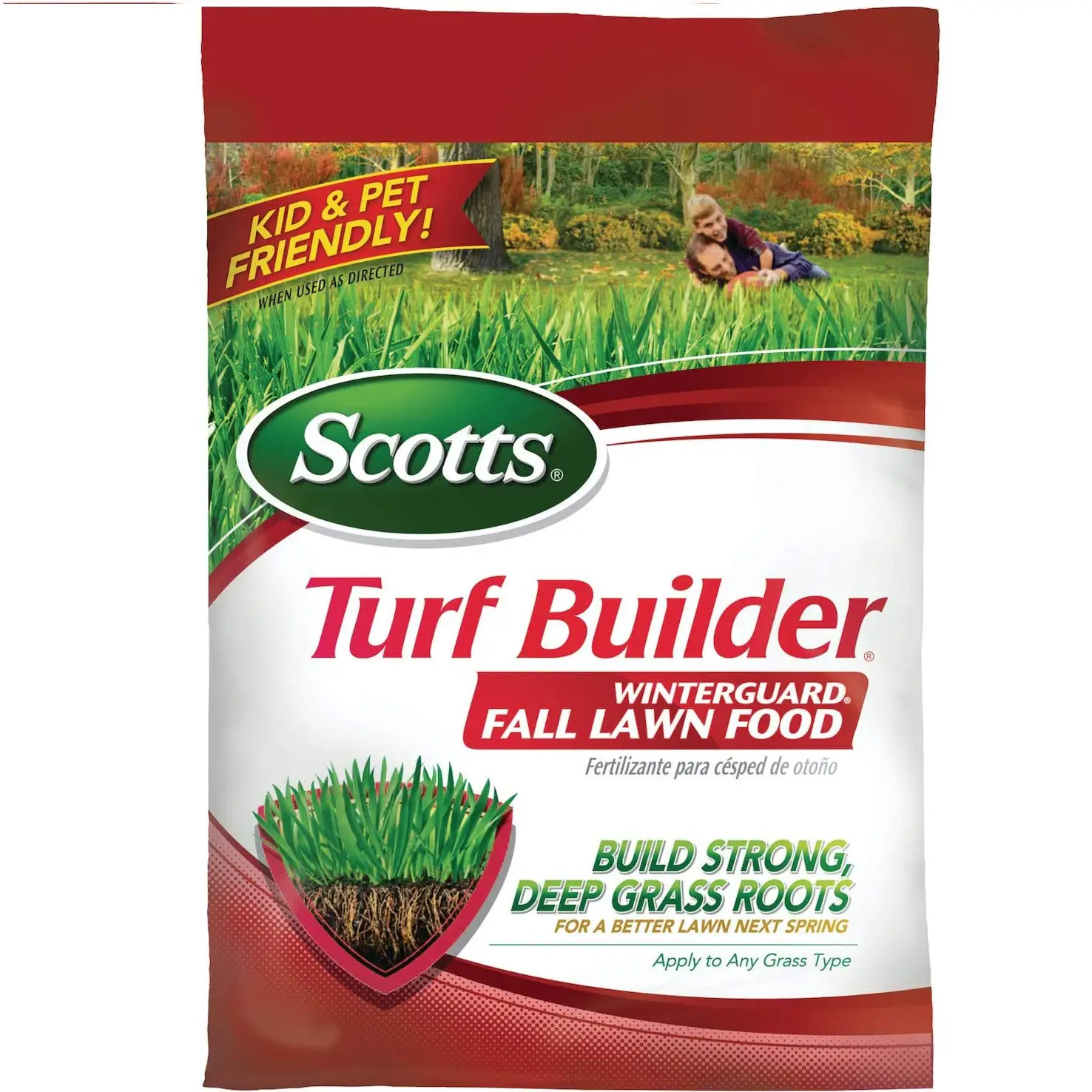

Landscaping Ideas
What Is The Best Fertilizer For Grass In The Fall
Modified: October 19, 2024
Discover the best fertilizer for fall grass care and landscaping ideas to keep your lawn lush and healthy. Learn how to maintain your lawn during the autumn season.
(Many of the links in this article redirect to a specific reviewed product. Your purchase of these products through affiliate links helps to generate commission for Storables.com, at no extra cost. Learn more)
Introduction
When the crisp air of fall arrives, it signals an important time for lawn care enthusiasts to prepare their grass for the coming winter and ensure a healthy, vibrant lawn in the spring. One of the key components of fall lawn maintenance is selecting the best fertilizer for grass during this season. As the temperatures begin to cool and the days grow shorter, the nutritional needs of grass undergo a shift, making it crucial to choose the right fertilizer to support its health and resilience.
Fertilizing your lawn in the fall not only helps to strengthen the grass before winter sets in, but it also establishes a solid foundation for robust growth when spring arrives. Understanding the specific nutrient requirements of grass during the fall season and selecting the appropriate fertilizer can make a significant difference in the overall health and appearance of your lawn.
In this comprehensive guide, we will delve into the nuances of fall lawn care, exploring the nutrient needs of grass during this season, the types of fertilizers best suited for fall application, and the essential factors to consider when choosing the right fertilizer. Additionally, we will provide practical tips and best practices for effectively fertilizing your lawn in the fall, ensuring that your grass receives the nourishment it needs to thrive through the winter months.
By the end of this guide, you will be well-equipped with the knowledge and insights necessary to make informed decisions about the best fertilizer for your grass in the fall, empowering you to nurture a lush, resilient lawn that will be the envy of the neighborhood. Let's embark on this journey to discover the secrets of fall lawn fertilization and unlock the potential of your lawn's autumn beauty.
Key Takeaways:
- Fall grass needs potassium and phosphorus for root development and resilience. Choose a winterizer or balanced fertilizer to support your lawn’s health through the winter.
- Consider soil test results, grass type, and environmental impact when choosing fall fertilizer. Follow best practices like timing and application for a vibrant, resilient lawn.
Read more: What Fertilizer To Use For A Fall Lawn Care
Understanding the Nutrient Needs of Fall Grass
As the summer season transitions into fall, the needs of grass undergo a significant transformation. During the warmer months, grass focuses on rapid growth and requires higher levels of nitrogen to support its lush, green appearance. However, as the temperatures begin to cool, the growth rate of grass slows down, and its nutritional requirements shift.
During the fall, the primary focus of grass shifts from foliage growth to root development and nutrient storage. This shift is essential for preparing the grass to withstand the harsh conditions of winter and emerge vigorously in the spring. Therefore, the key nutrients that grass requires during the fall include potassium and phosphorus, which play crucial roles in root development, disease resistance, and overall plant vigor.
Potassium, often referred to as potash in fertilizer formulations, is vital for enhancing the cold tolerance of grass and promoting strong root growth. It helps the grass plant withstand temperature fluctuations and environmental stresses, ensuring that it remains resilient during the winter months. Additionally, potassium contributes to the overall health and disease resistance of the grass, making it an indispensable nutrient during the fall season.
Phosphorus is another essential nutrient for fall grass, as it supports root development and energy transfer within the plant. It aids in the efficient utilization of other nutrients, promotes early root establishment, and enhances the grass’s ability to absorb and store nutrients for the winter. Furthermore, phosphorus contributes to the overall strength and resilience of the grass, laying the foundation for healthy growth in the following spring.
Understanding the specific nutrient needs of fall grass is pivotal in selecting the right fertilizer that can provide the appropriate balance of potassium, phosphorus, and other essential elements. By catering to the changing nutritional requirements of grass during the fall season, you can ensure that your lawn receives the vital nourishment it needs to thrive and endure the challenges of winter, setting the stage for a lush, vibrant lawn in the coming spring.
Types of Fertilizer for Fall Grass
When it comes to fertilizing grass in the fall, there are several types of fertilizers to consider, each offering unique benefits and formulations tailored to meet the specific needs of fall lawn care. Understanding the characteristics of these fertilizers can help you make an informed decision based on your lawn’s requirements and the results you aim to achieve.
1. Winterizer Fertilizer: Winterizer fertilizers are specifically designed to prepare grass for the harsh conditions of winter. These formulations are typically high in potassium, which promotes root development and cold tolerance. Winterizer fertilizers help grass plants store essential nutrients and energy, enabling them to withstand the challenges of winter and emerge vigorously in the spring.
2. Balanced Fertilizer: Balanced fertilizers contain a mix of nitrogen, phosphorus, and potassium in relatively equal proportions. While these fertilizers can be suitable for fall application, it’s essential to ensure that the nitrogen content is not excessively high, as this can stimulate unnecessary foliage growth when the grass’s focus should be on root development and nutrient storage.
3. Organic Fertilizer: Organic fertilizers offer a natural and sustainable approach to nourishing fall grass. Derived from natural sources such as compost, manure, or plant-based materials, organic fertilizers provide a slow and steady release of nutrients, promoting long-term soil health and microbial activity. They contribute to the overall vitality of the grass while minimizing the risk of nutrient runoff and environmental impact.
4. Phosphorus-Heavy Fertilizer: Fertilizers with a higher phosphorus content are beneficial for promoting robust root development in fall grass. These formulations support the grass’s ability to establish strong root systems, enhancing its resilience and nutrient uptake capacity. They are particularly valuable for newly established lawns or areas where root development needs a boost.
5. Liquid Fertilizer: Liquid fertilizers offer a quick and efficient way to deliver nutrients to fall grass. They are easily absorbed by the grass plants and can provide a rapid green-up effect. Liquid fertilizers are ideal for addressing specific nutrient deficiencies or for providing a quick boost of essential elements to support the grass as it prepares for the winter months.
By understanding the characteristics and benefits of these different types of fertilizers, you can make an informed choice based on your lawn’s unique needs and your desired outcomes. Whether you prioritize root development, overall plant health, or environmental sustainability, selecting the right type of fertilizer is a crucial step in nurturing your fall grass to thrive through the changing seasons.
Choose a fertilizer with a high phosphorus content to promote root growth and winter hardiness in the fall. Look for a ratio like 10-20-10 on the label. Apply the fertilizer according to the instructions for best results.
Factors to Consider When Choosing Fertilizer
When selecting the best fertilizer for your fall grass, it’s essential to consider several factors that can influence the effectiveness and impact of the chosen product. By evaluating these key factors, you can make an informed decision that aligns with the specific needs of your lawn and contributes to its long-term health and vitality.
1. Soil Test Results: Conducting a soil test can provide valuable insights into the nutrient levels and pH balance of your lawn’s soil. By understanding the existing nutrient composition, you can select a fertilizer that addresses any deficiencies and complements the soil’s natural characteristics, promoting optimal nutrient uptake by the grass.
2. Grass Type: Different grass species have varying nutritional requirements. Whether your lawn consists of cool-season grasses such as Kentucky bluegrass and fescue, or warm-season varieties like Bermuda grass and zoysia, it’s important to choose a fertilizer that aligns with the specific needs of the grass type to support its growth and resilience during the fall season.
3. Nutrient Ratio: Assessing the nutrient ratio of the fertilizer is crucial in determining its suitability for fall application. While potassium and phosphorus are essential for fall grass, it’s important to avoid excessive nitrogen, as this can stimulate unnecessary growth at a time when the focus should be on root development and nutrient storage. Look for a fertilizer with a balanced ratio that caters to the changing needs of fall grass.
4. Slow-Release Formulation: Opting for a slow-release fertilizer can provide sustained nourishment to the grass over an extended period. This approach promotes consistent growth and nutrient uptake, reduces the risk of leaching, and minimizes the potential for nutrient runoff, contributing to the overall health of the lawn while supporting environmental sustainability.
5. Environmental Impact: Consider the environmental implications of the fertilizer you choose. Organic and environmentally friendly fertilizers offer a sustainable approach to lawn care, minimizing the risk of chemical runoff and supporting soil health. By prioritizing products with minimal environmental impact, you can contribute to the well-being of your lawn and the surrounding ecosystem.
6. Application Method: Assess the practical aspects of applying the fertilizer, considering factors such as granular versus liquid formulations, ease of application, and coverage efficiency. Choosing a fertilizer that aligns with your preferred application method can streamline the lawn care process and ensure effective nutrient distribution across the grass.
By taking these factors into account, you can make a well-informed decision when choosing the best fertilizer for your fall grass. Tailoring your fertilizer selection to the specific needs of your lawn and considering its long-term impact can lead to optimal results, nurturing a resilient and vibrant lawn that thrives through the changing seasons.
Best Practices for Fertilizing Grass in the Fall
Effectively fertilizing your grass in the fall involves more than just selecting the right fertilizer; it also encompasses the application process and timing. By following best practices for fall fertilization, you can optimize the results and ensure that your lawn receives the nourishment it needs to thrive through the winter and emerge vigorously in the spring.
1. Timing is Key: Aim to fertilize your lawn in the early to mid-fall, allowing the grass ample time to absorb the nutrients and prepare for the onset of winter. Avoid fertilizing too late in the season, as this can stimulate unnecessary growth that may be susceptible to frost damage. Additionally, refrain from fertilizing when the ground is frozen or excessively dry, as the grass will be unable to utilize the nutrients effectively.
2. Follow Application Guidelines: Adhere to the recommended application rates and guidelines provided by the fertilizer manufacturer. Over-application can lead to nutrient imbalances, potential harm to the grass, and environmental concerns. Carefully measure and distribute the fertilizer to ensure even coverage and avoid concentrated areas that may result in uneven growth.
3. Consider Weather Conditions: Choose a day for fertilization when the weather forecast indicates mild, non-windy conditions. This minimizes the risk of fertilizer drift and ensures that the nutrients are effectively delivered to the grass. Additionally, avoiding rainy periods can prevent the fertilizer from being washed away before it has been absorbed by the soil and the grass roots.
4. Mow Before Fertilizing: Prior to applying the fall fertilizer, mow the grass at a slightly lower height than usual. This allows the fertilizer to reach the soil more effectively and promotes better nutrient absorption by the grass. Be mindful not to scalp the lawn, but rather trim it to an appropriate height that facilitates efficient fertilization.
5. Water After Application: After applying the fertilizer, water your lawn lightly to help the granules or liquid solution settle into the soil and initiate the nutrient absorption process. This step facilitates the integration of the fertilizer into the root zone and enhances its effectiveness in nourishing the grass as it prepares for the winter months.
6. Maintain Consistent Lawn Care: Fertilization is just one aspect of comprehensive lawn care. Continue to practice regular maintenance routines, such as proper watering, aeration, and pest control, to support the overall health and resilience of your fall grass. Consistent care contributes to a robust and vibrant lawn that can withstand the challenges of the changing seasons.
By embracing these best practices for fertilizing grass in the fall, you can optimize the effectiveness of the chosen fertilizer and provide your lawn with the essential nutrients it needs to thrive. Thoughtful timing, precise application, and ongoing care contribute to the long-term health and beauty of your lawn, setting the stage for a lush and vibrant springtime display.
Read more: What Is The Best Fertilizer For Grass
Conclusion
As the vibrant hues of autumn adorn the landscape, the care and nourishment of your lawn take center stage, marking a pivotal time to prepare the grass for the impending winter and the promise of rejuvenation in the spring. Selecting the best fertilizer for your fall grass is a decision that holds the key to nurturing a resilient, lush lawn that thrives through the changing seasons.
Understanding the shifting nutrient needs of fall grass and the vital role of potassium, phosphorus, and other essential elements provides a foundation for making informed choices when it comes to fertilization. Whether you opt for a winterizer fertilizer to fortify the grass for winter, a balanced formulation to support overall plant health, or an organic approach to sustainable lawn care, the type of fertilizer you choose can shape the future vitality of your lawn.
Considering factors such as soil test results, grass type, nutrient ratio, and environmental impact empowers you to make a thoughtful and tailored selection that aligns with your lawn’s unique requirements. By embracing best practices for fall fertilization, including strategic timing, precise application, and ongoing lawn care, you can optimize the impact of the chosen fertilizer and lay the groundwork for a resilient, vibrant lawn that withstands the trials of winter and flourishes in the spring.
As you embark on this journey of fall lawn care, may the insights and guidance provided in this comprehensive guide serve as a compass, directing you toward a season of nurturing and rejuvenating your lawn. The choreography of nature’s transitions is mirrored in the care you invest in your lawn, and the rewards of a healthy, vibrant landscape await as you tend to the needs of your fall grass with diligence and wisdom.
With the knowledge and practices acquired from this guide, you are poised to embrace the art of fall lawn fertilization, infusing your lawn with the nutrients and care it deserves. As the autumn leaves descend and the air carries the promise of change, your lawn stands ready to embrace the season’s offerings, fortified by the nourishment and attention it has received. May your fall lawn care journey be a harmonious symphony of care, culminating in a springtime overture of lush greenery and natural splendor.
Frequently Asked Questions about What Is The Best Fertilizer For Grass In The Fall
Was this page helpful?
At Storables.com, we guarantee accurate and reliable information. Our content, validated by Expert Board Contributors, is crafted following stringent Editorial Policies. We're committed to providing you with well-researched, expert-backed insights for all your informational needs.
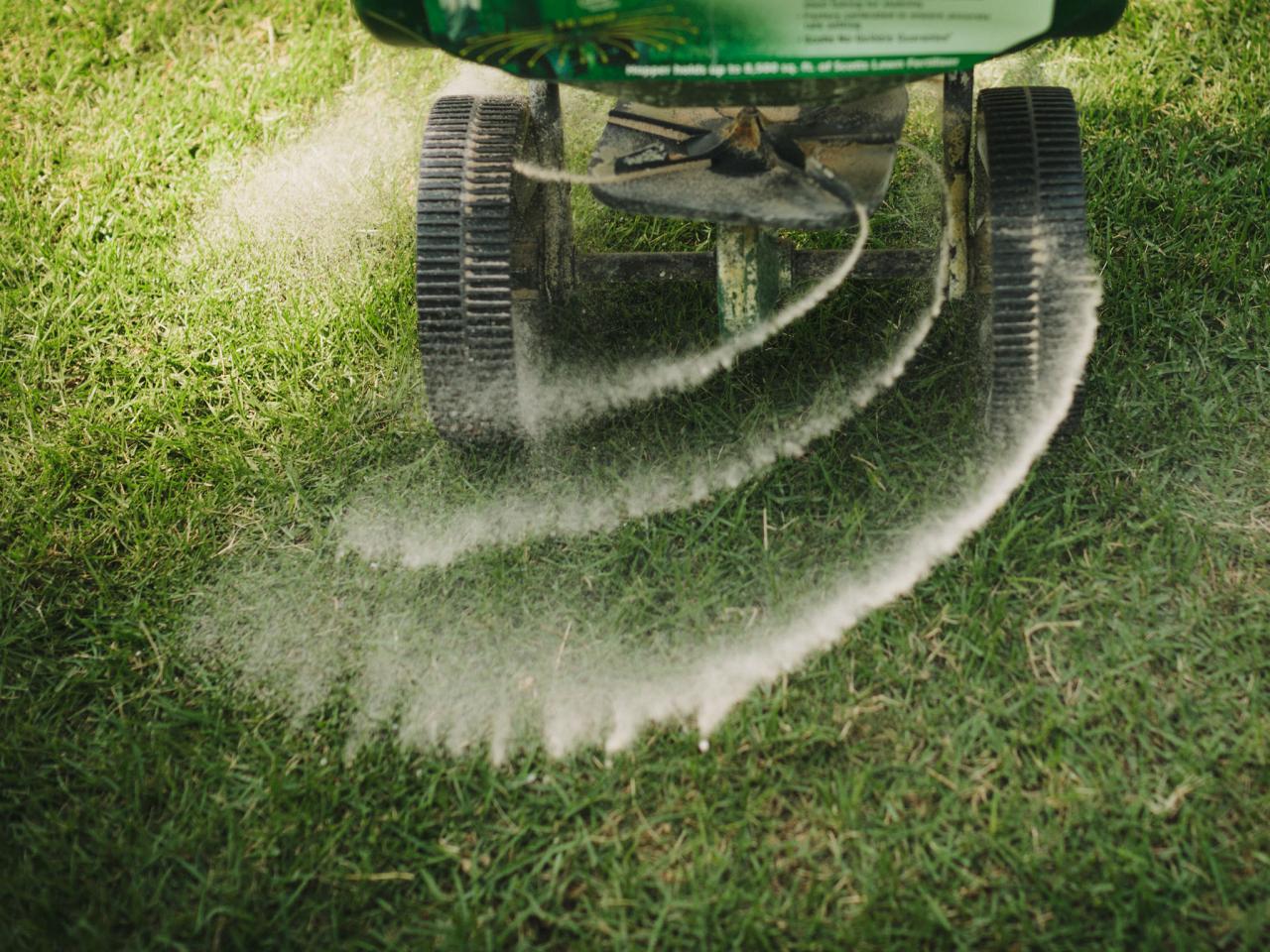
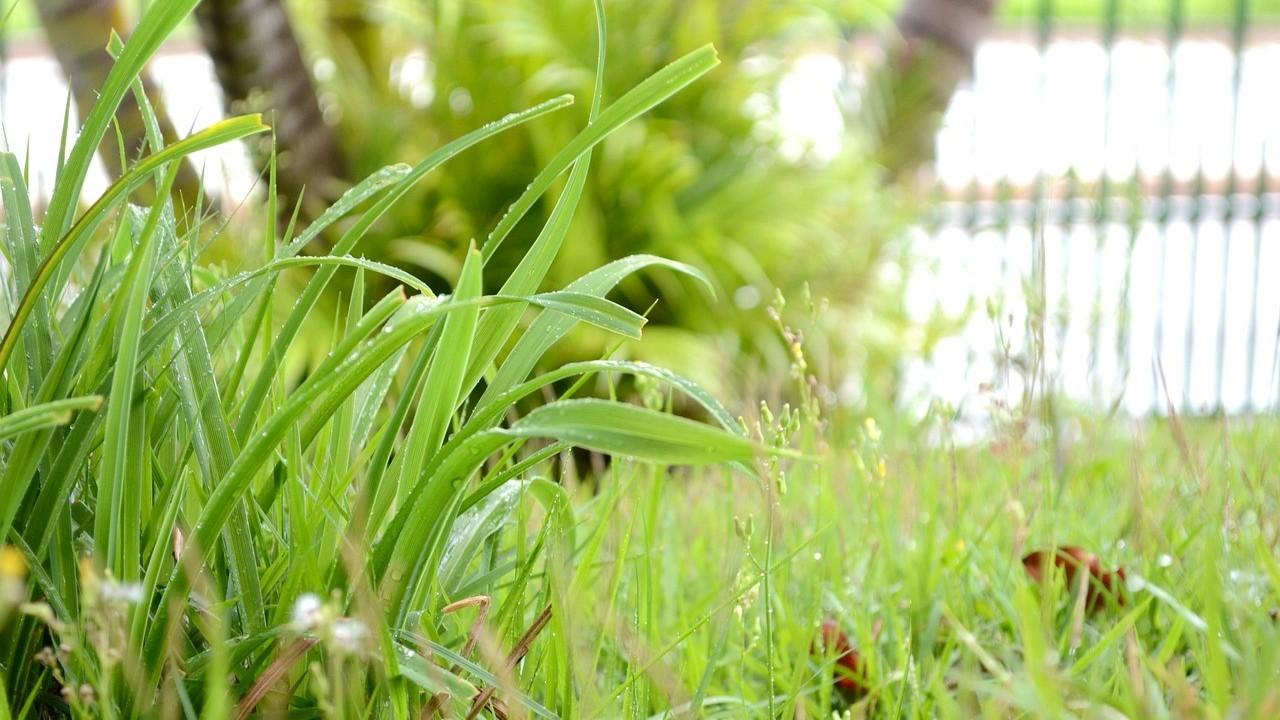

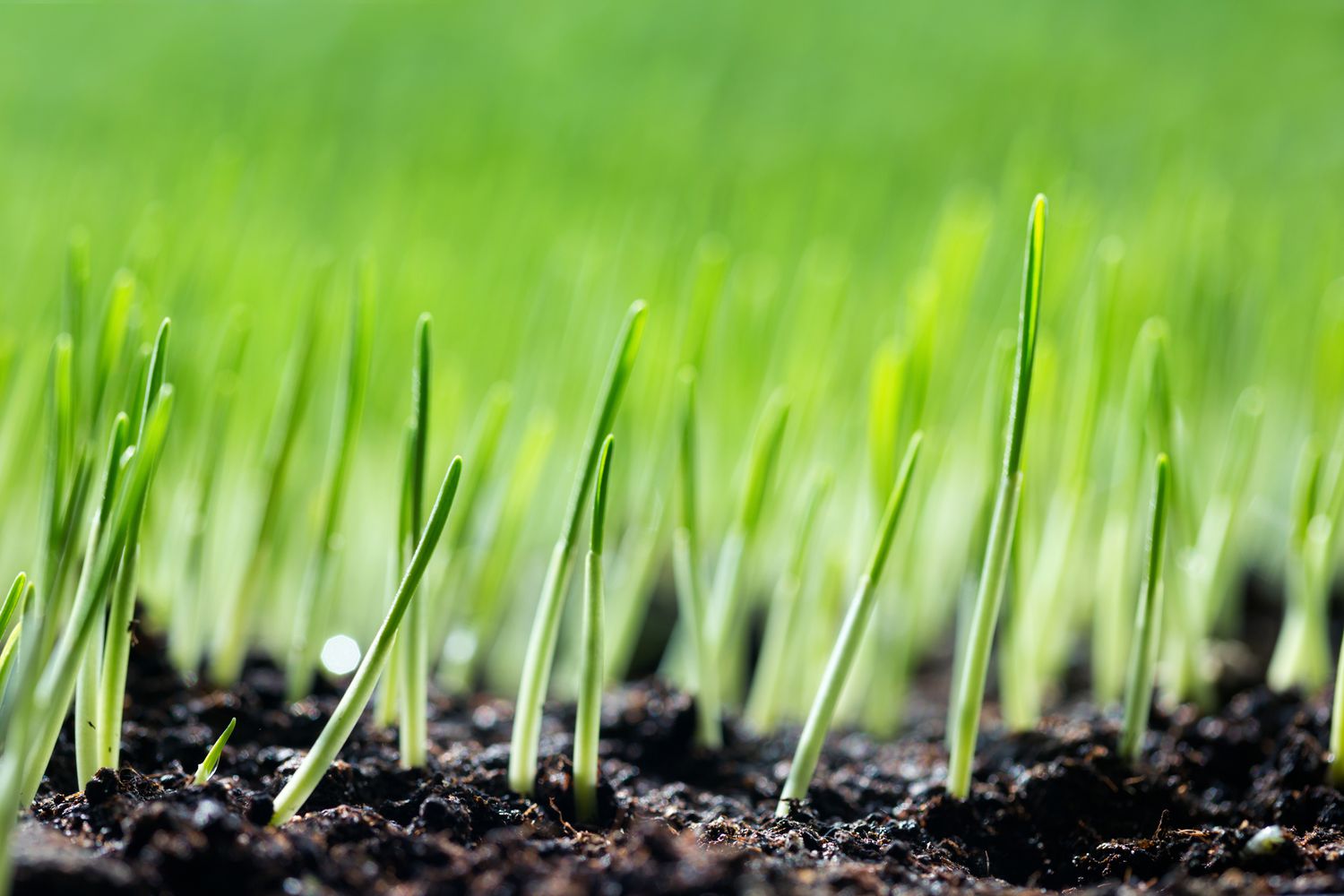
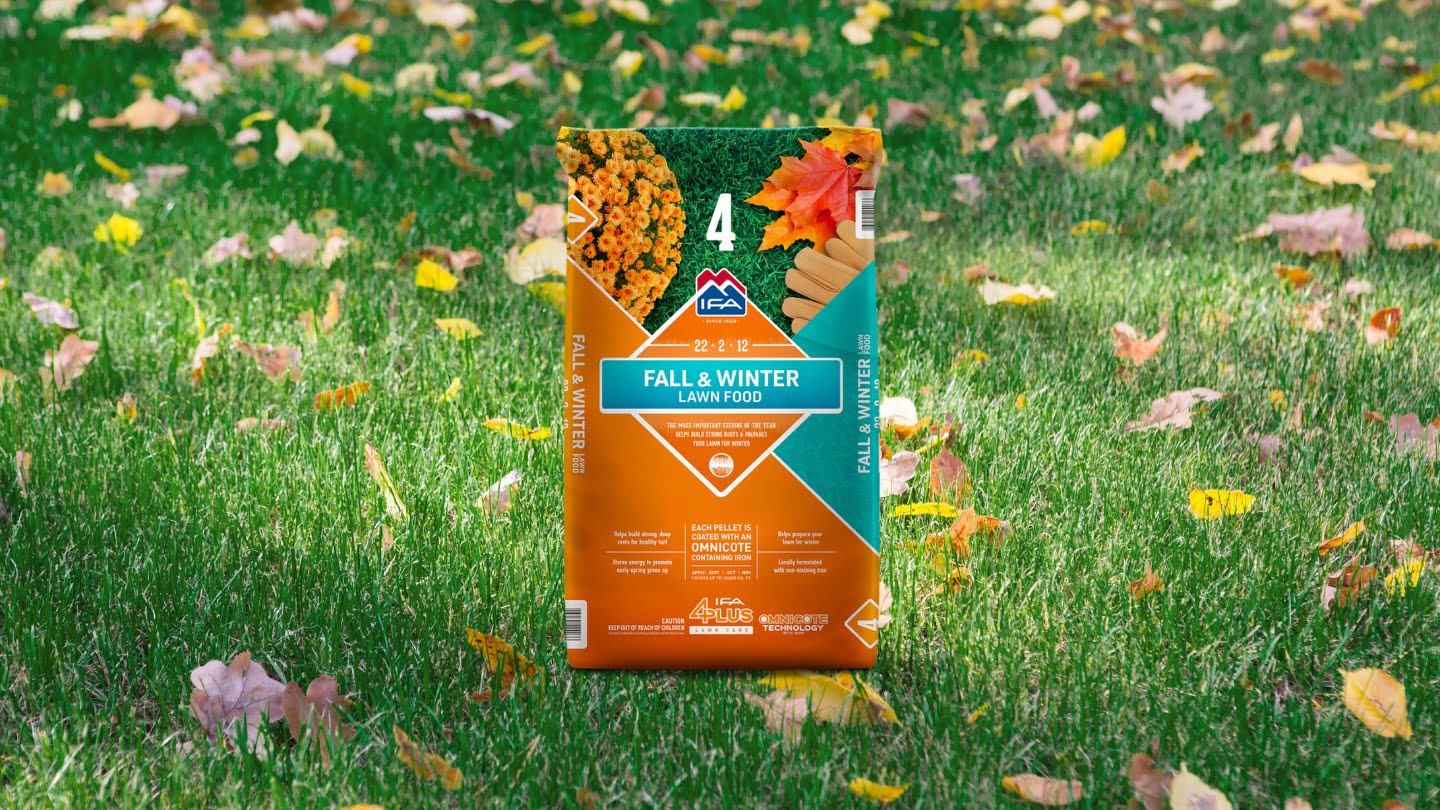
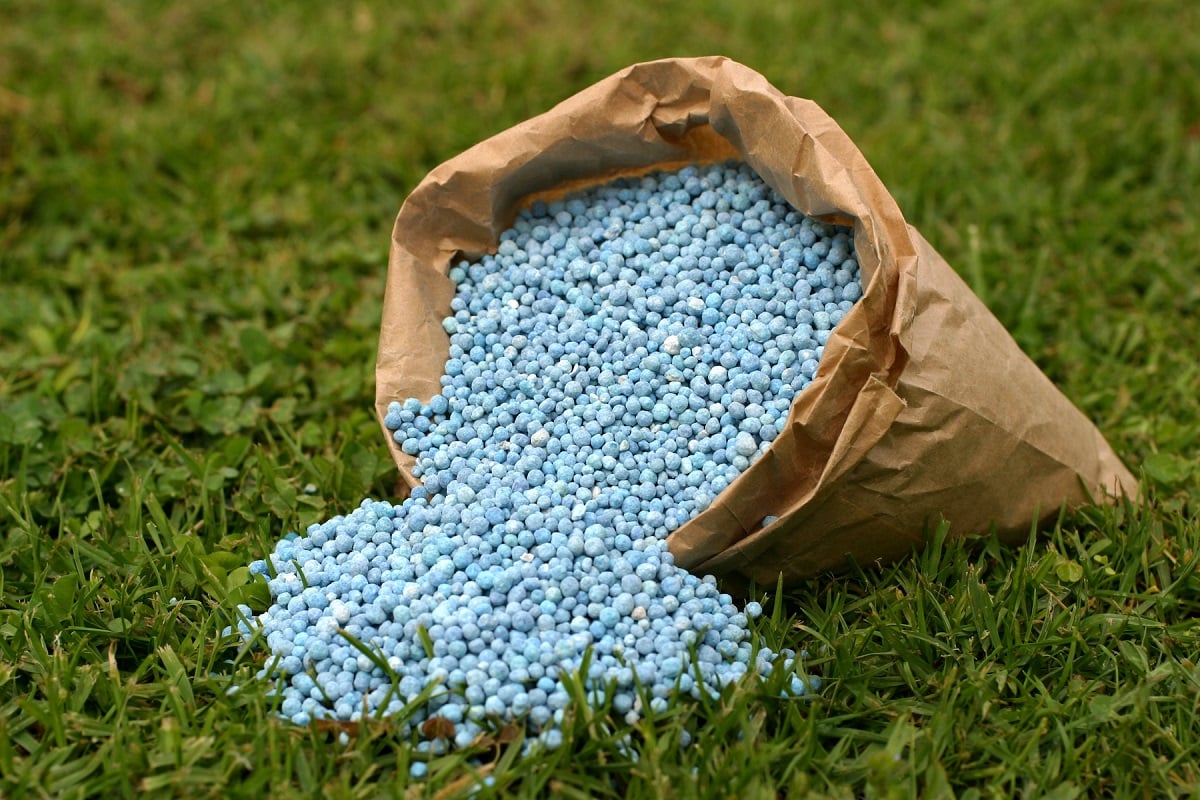
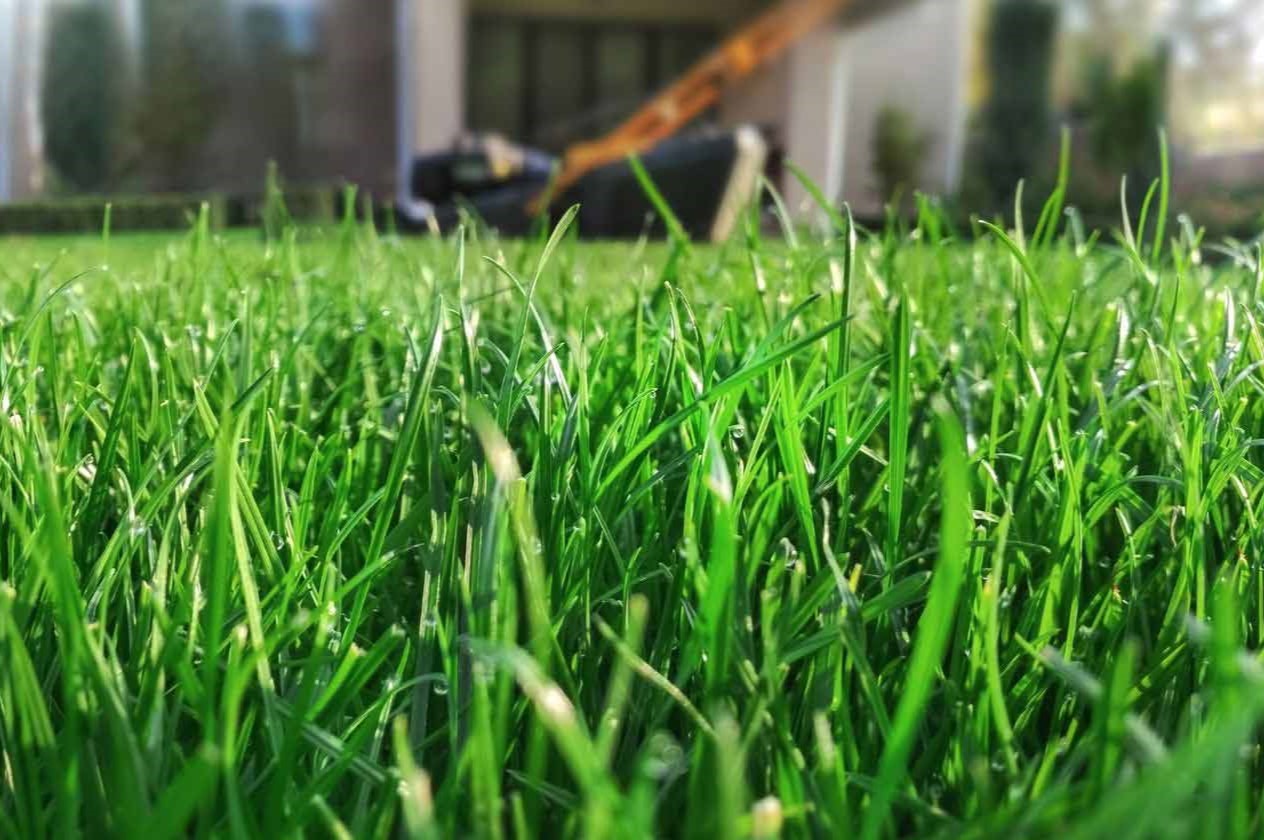
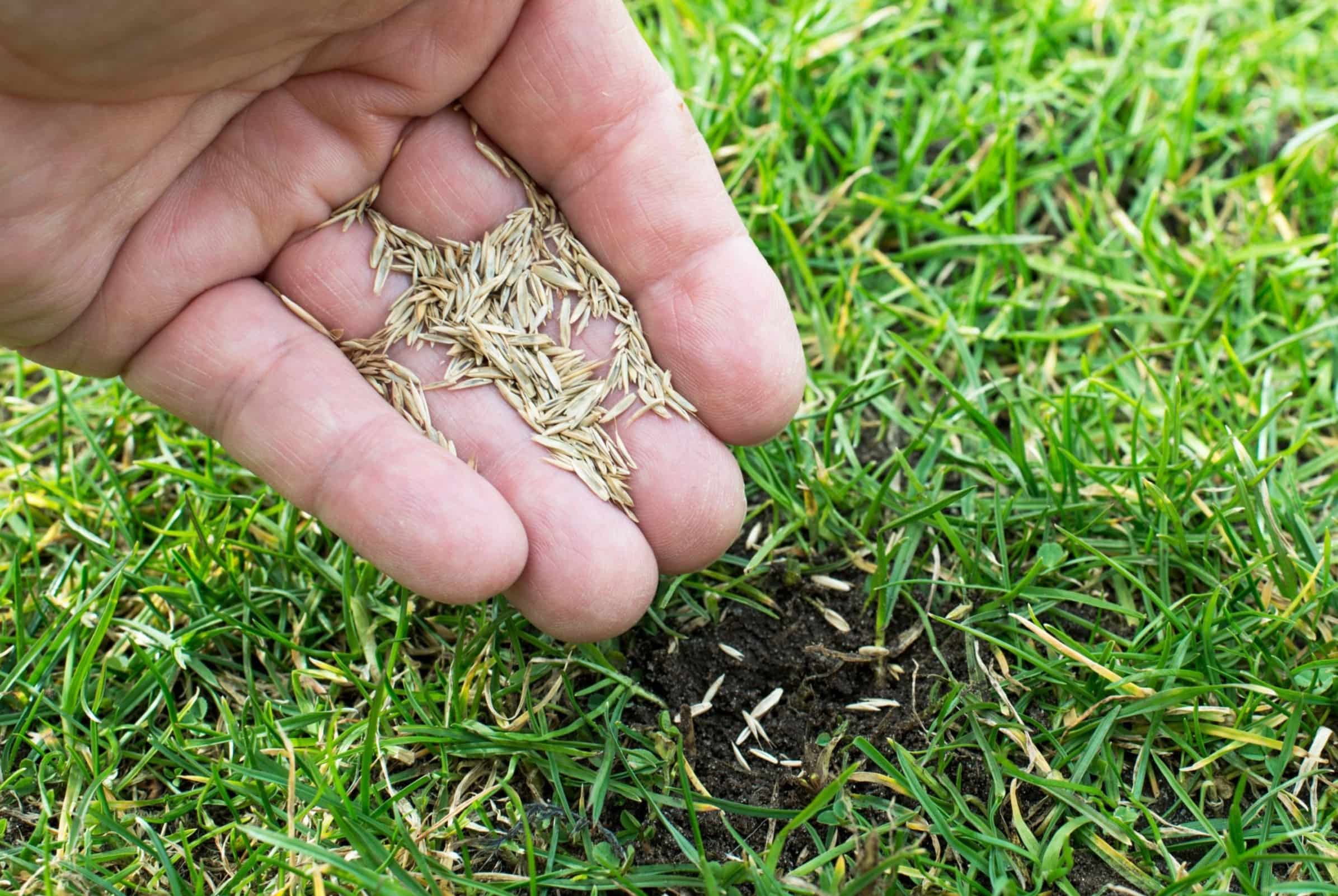
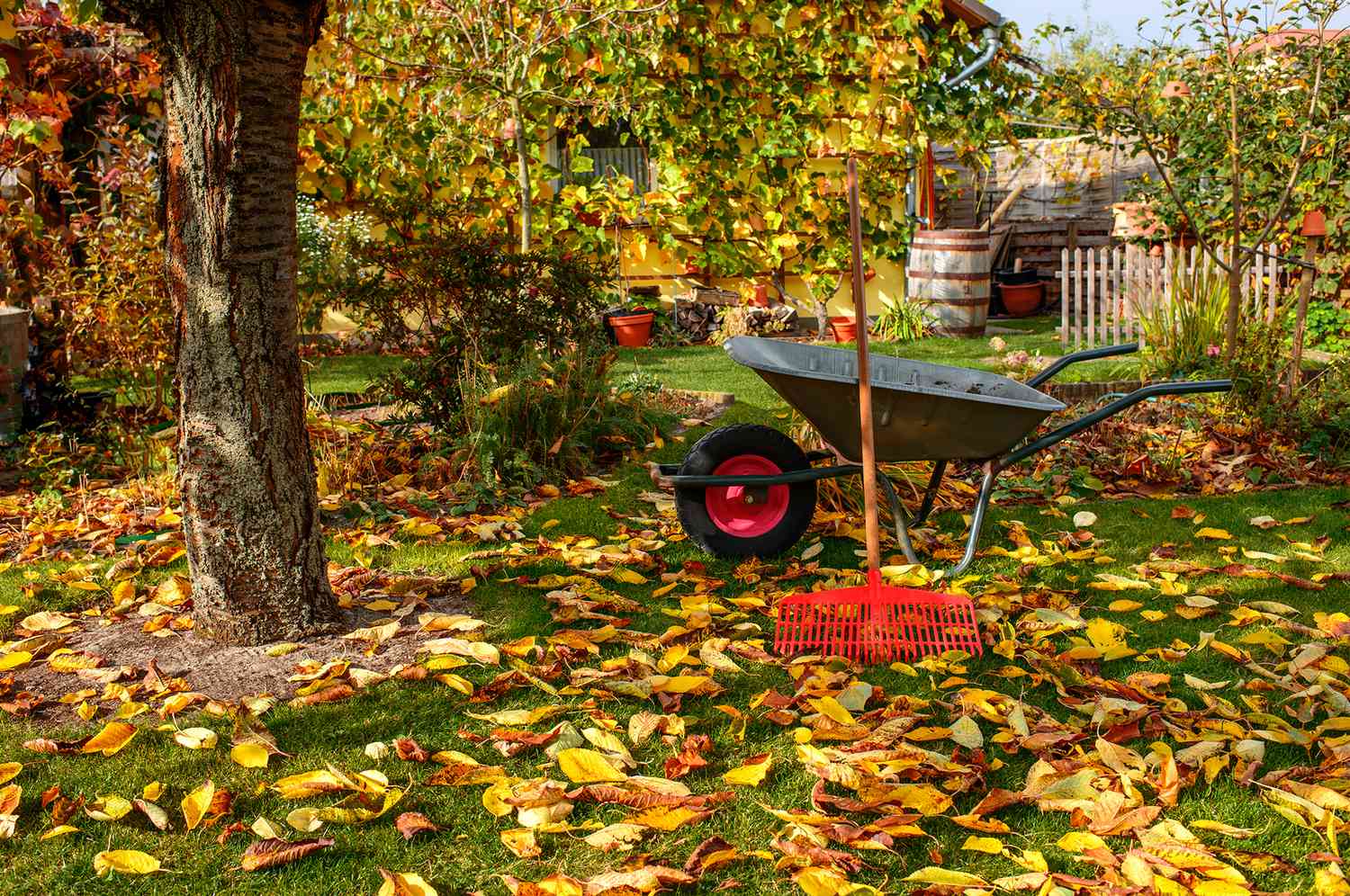
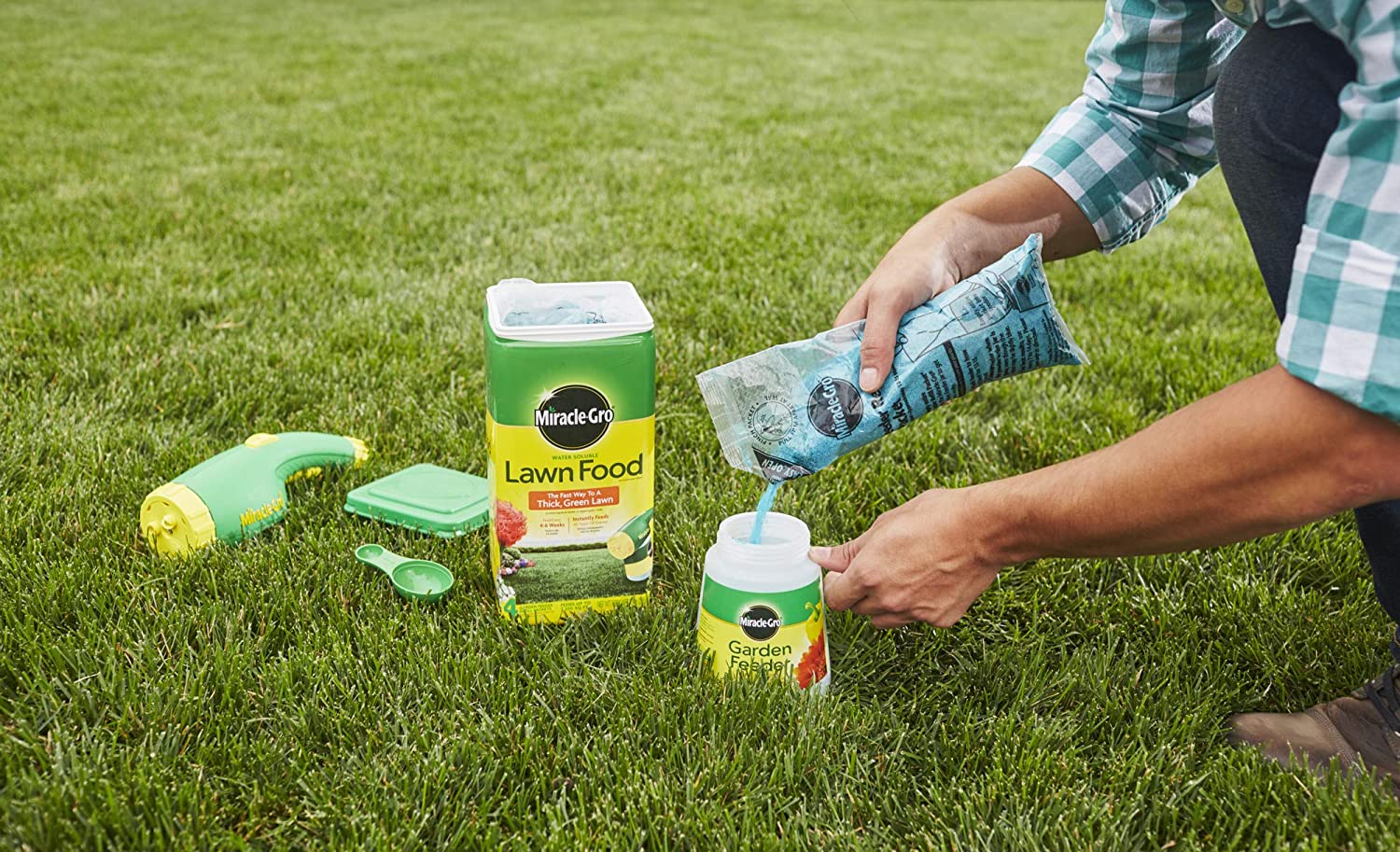
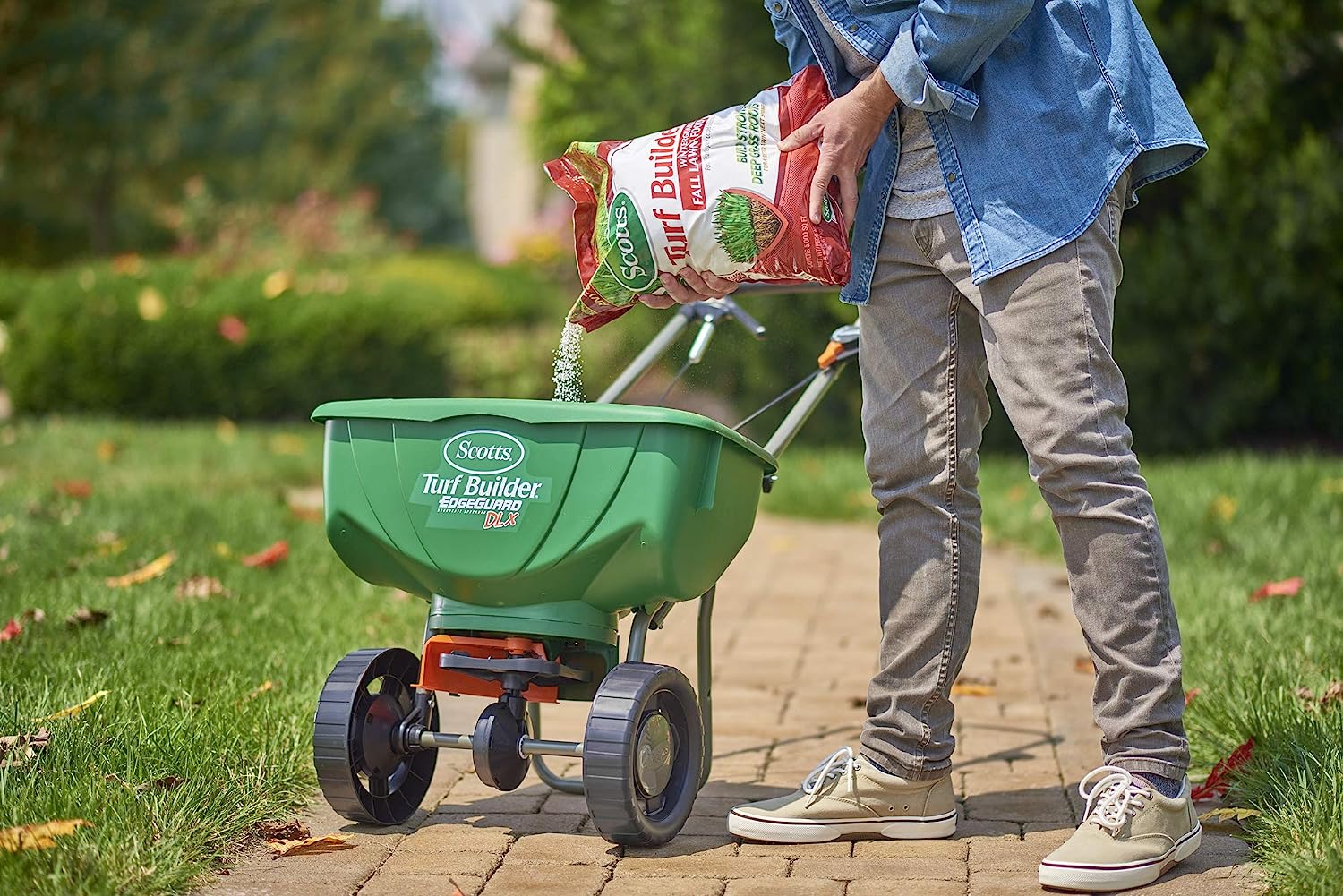
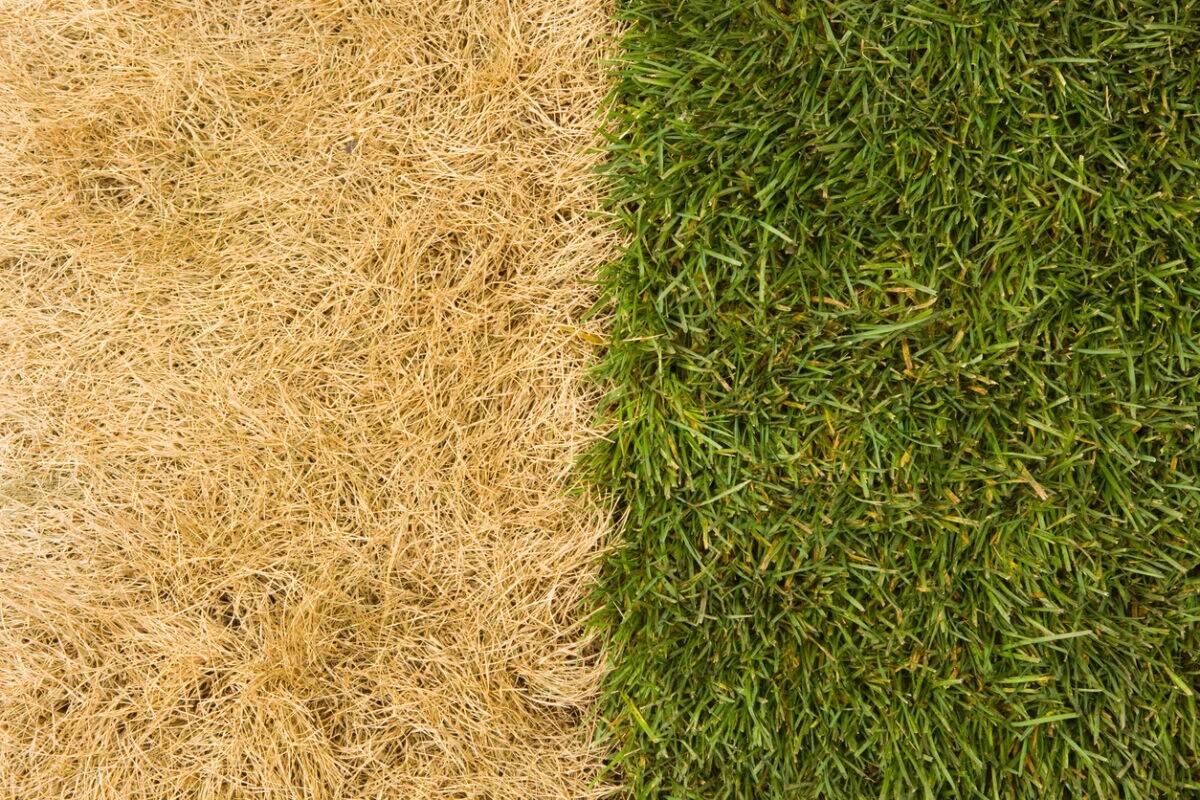
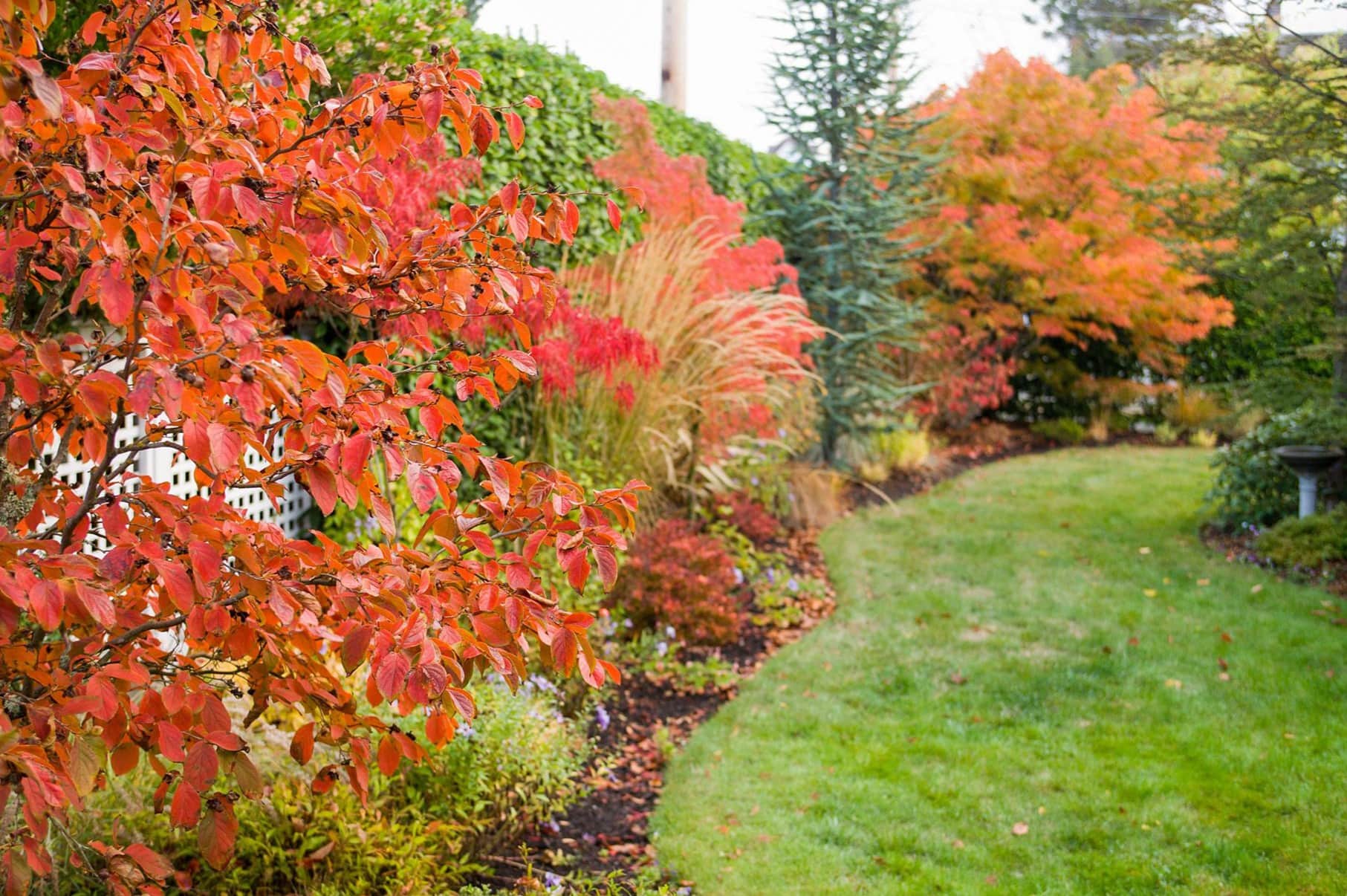
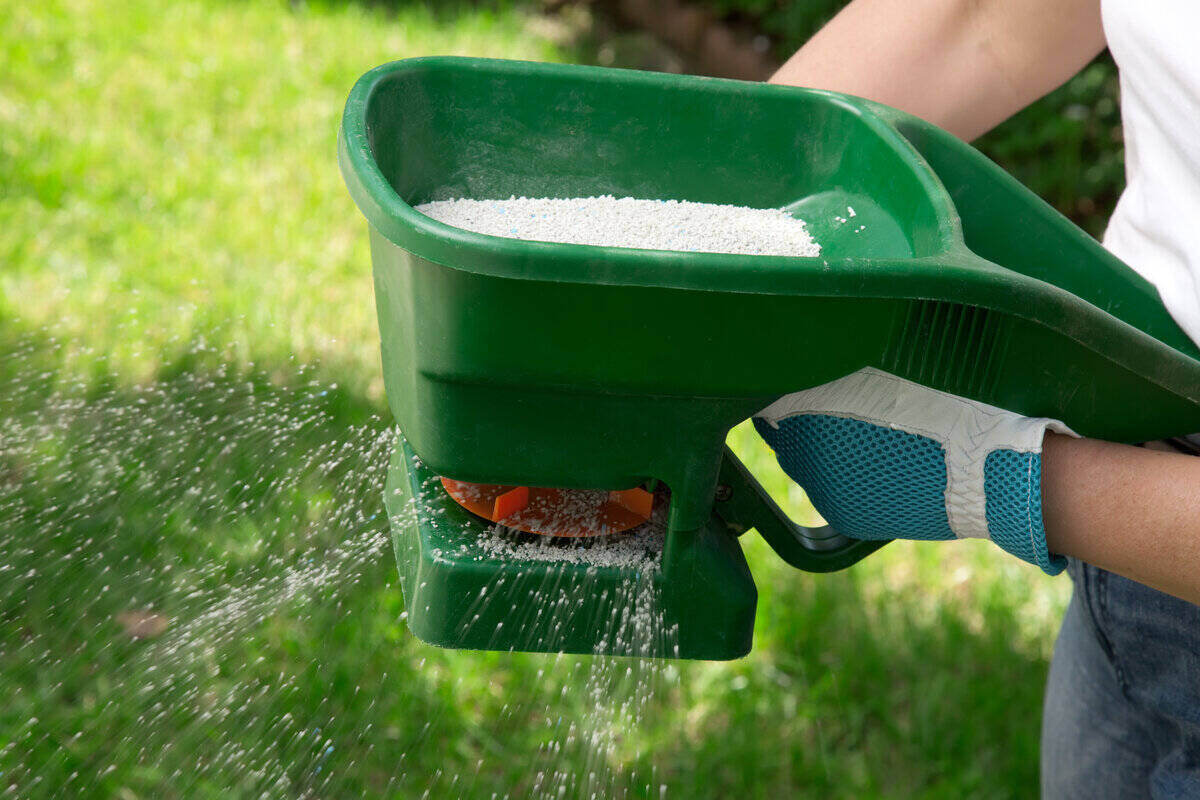

0 thoughts on “What Is The Best Fertilizer For Grass In The Fall”